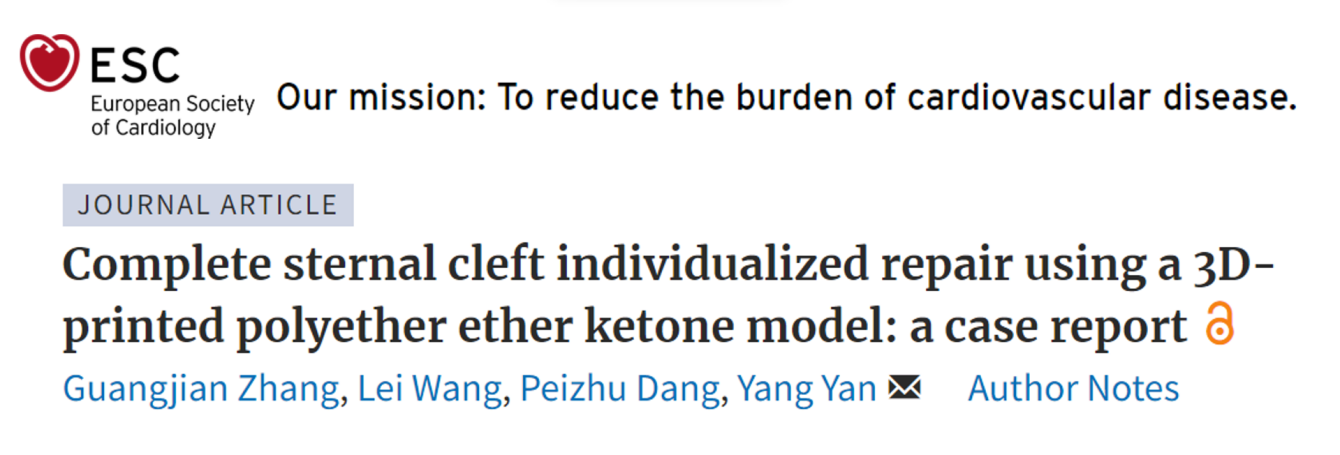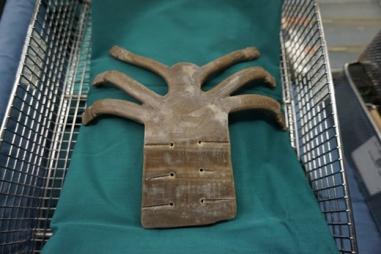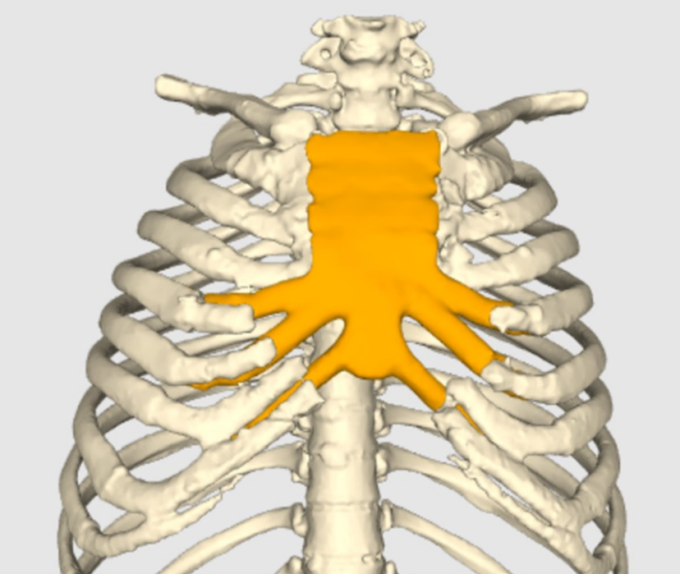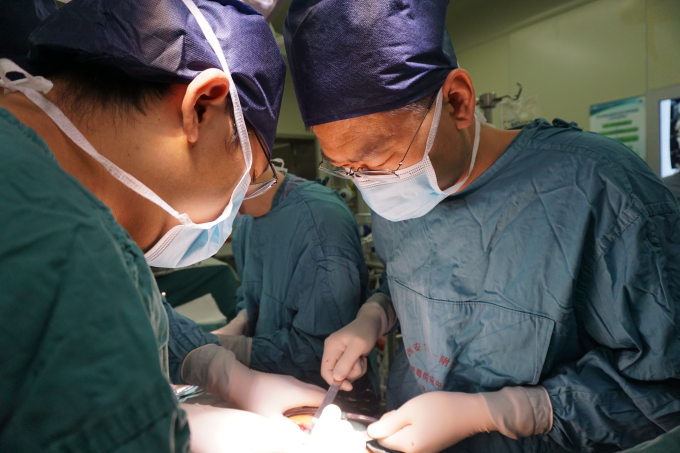Recently, the teams led by Zhang Guangjian from Department of Thoracic Surgery and Yan Yang from Department of Cardiovascular Surgery of the First Affiliated Hospital (FAH) of Xi'an Jiaotong University (XJTU) cooperated with multidisciplinary team (MDT) of XJTU to repair congenital sternal cleft using 3D printing technology, perform surgical interventions for congenital heart disease and deliver 24-month follow-up for this patient. Favorable clinical prognosis was achieved and the patient has completely restored normal life and work. In this rare case, the patient was diagnosed with complete congenital sternal cleft+valvular heart disease+congenital bicuspid aortic valve+aortic valve insufficiency+right ventricular diverticulum and underwent aortic valve replacement+right ventricular diverticulum repair+ascending aorta dilatation+3D-printed complete sternal reconstruction using PEEK material. Such a rare and complicated case has not been reported worldwide. Based on surgical procedure and long-term follow-up experience of this case under the background of medical engineering, the teams led by Zhang Guangjian and Yan Yang jointly published relevant findings featuring "XJTU experience" in European Heart Journal—Case Reports (EHJ-CR), EHJ as the official journal of European Society of Cardiology (ESC).

A 49-year-old male patient, surnamed Wang, suffered from congenital sternal cleft, absence of sternum 7/8, chest collapse, congenital bicuspid aortic valve malformation complicated with insufficiency. Six months ago, the patient suffered from exertional chest tightness and paroxysmal shortness of breath without any known causes. After MDT consultation by Department of Cardiovascular Surgery, Department of Thoracic Surgery and relevant departments, he was diagnosed with congenital sternal cleft, valvular heart disease, congenital bicuspid aortic valve malformation, aortic valve insufficiency, ascending aortic dilatation, right ventricular diverticulum and pulmonary hypertension.
The teams of Zhang Guangjian and Yan Yang analyzed imaging data of the patient, and fabricated a 1:1 artificial chest by using polyether ether ketone resin (PEEK) materials through a precise 3D-printing implant.

After MDT consultation by experts from Department of Cardiovascular Surgery, Department of Thoracic Surgery, Department of Plastic and Maxillofacial Surgery, Department of Anesthesiology and Perioperative Medicine, Department of Cardiology and Department of Ultrasound Medicine combined with the patient's medical history and clinical manifestations, it was finally decided to perform "aortic valve replacement+right ventricular diverticulum repair+complete sternal reconstruction using 3D-printed PEEK material implant". The surgery was successfully performed. The patient was discharged and followed up for 24 months. His condition was stable and completely resumed normal life and work.

According to literature review, such complicated case has not been reported worldwide. It is also FAH’s typical case representing the application of medical engineering in clinical practice, providing "XJTU experience" for diagnosis and treatment of similar diseases.

FAH of XJTU is the first and corresponding affiliation. Zhang Guangjian from Department of Thoracic Surgery is the first author and Yan Yang from Department of Cardiovascular Surgery is the corresponding author.